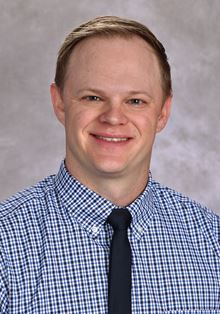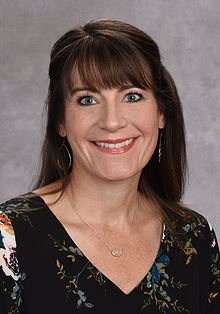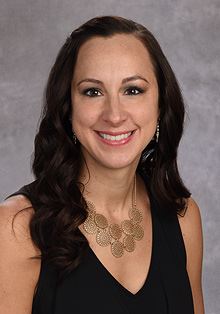1761-1770 of 3302 Results Found
Condition
Signs of Respiratory Distress Learning the signs of respiratory distress People who have trouble breathing often show signs that they are having to work harder to breathe or are not getting enough oxygen. This means that they are in respiratory distress. Below is a list of some
Condition
Anatomy of a Newborn Baby's Skull The skull may seem to be one large bone, but it's made of several major bones that are connected together. The major bones that compose the skull include: 2 frontal bones 2 parietal bones 1 occipital bone These bony plates cover the brain, and

Programs & Services
The Neurology team works in collaboration with the following programs and clinics: Developmental Pediatrics Attention Deficit Hyperactivity Disorder (ADHD) Clinic Autism Program Down Syndrome Clinic Fragile X Clinic Epilepsy Program Epilepsy Surgery (minimally invasive laser
Programs & Services
The interventional cardiology team at Phoenix Children’s offers a wide range of programs, services and technologies to assist patients and their families. We partner with other internal specialists to provide additional services, resources and subspecialty care. Our team believes
CME Session
NSGR - Strategic Opioid Use and Home Naloxone: A Balanced Practice and a New Rescue Option - Dr. Ahmar Husain
The University of Arizona College of Medicine – Tucson Barrow at Phoenix Children’s Neuroscience Grand Rounds Strategic Opioid Use and Home Naloxone: A Balanced Practice and a New Rescue Option Ahmar Husain, MD, Phoenix Children's Learning Objectives At the conclusion of this


Condition
Delivery What are possible labor complications? Serious complications are rare during labor. But some problems can happen during this time. Some of the more common ones are listed below. Fetal meconium When the amniotic sac ruptures, the normal color of the amniotic fluid is
Service
We offer the only pediatric comprehensive care in the state for brain and spinal cord tumors. Our team at the Jaydie Lynn King Neuro-Oncology Program understands brain tumors that occur in infants and children are very different from adult brain tumors and combines expertise from
